DRAMA
GENRE CONVENTIONS- CONTENT
The genre of drama has been and continues to be the most dominant area where modern-day films are made. The main reason this genre is so popular today is because it's marketed for the young to middle age community.
An aspect of the content that makes up the drama genre are the serious presentations with life situations or settings that represent real characters in conflict with: forces of nature, another character or group of characters, or even with themselves. Drama films tend to show characters at their worst, their best, and everything caught in between.
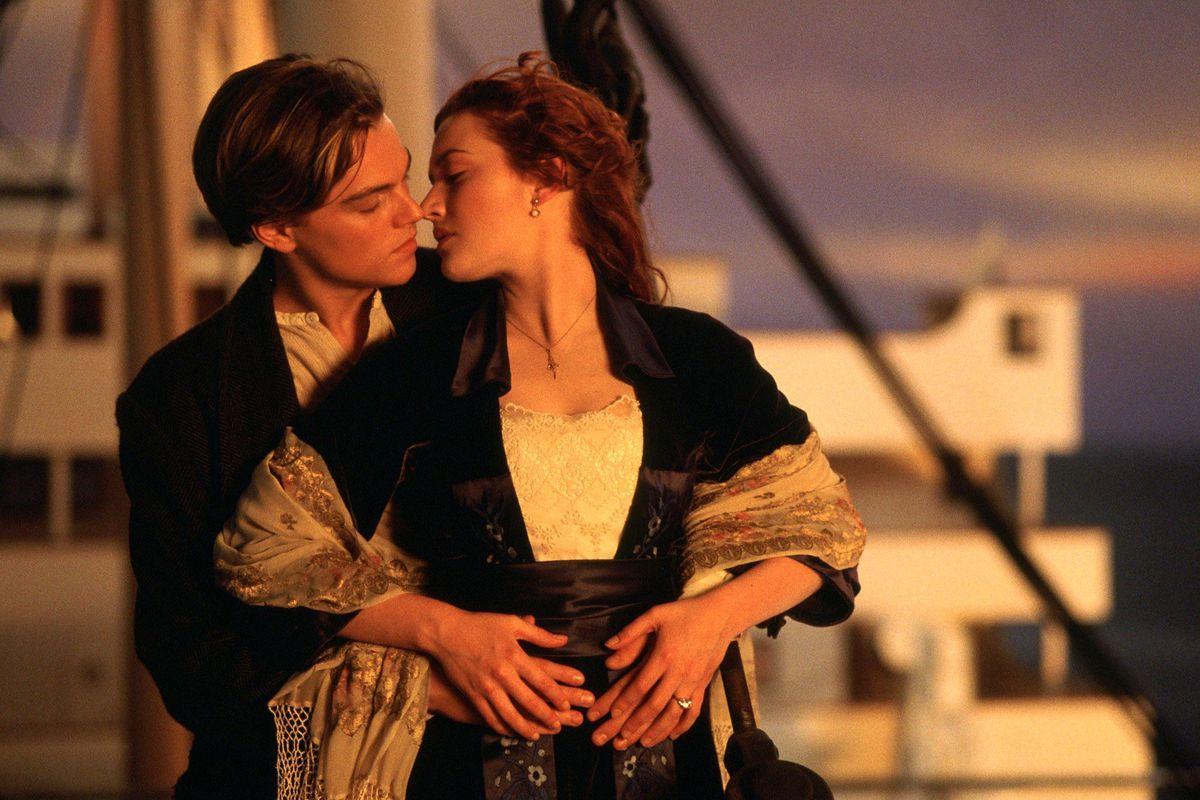
EX: Jack and Rose in Titanic
Dramatic subjects often include current issues, social ills, or conflicts, complaints and injustices, such as racial prejudice, religious intolerance, drug addiction, homelessness, political unrest, power exploitation, racism, class divisions, gender disparity, mental illness, dysfunctional social institutions, violence against women or other volatile issues of the day.

EX: Ally and Jackson faced drug issues in A star Is Born
In drama films, to keep the audience emotionally committed to the continuing suspense, they depict journeys of character development and introduce intense social interaction packed with climaxes. The protagonist usually enrolls a journey of character development and realization until the end of the film, easy to link the auditorium to the action of the film, using realistic settings and plot of verisimilitude, including a practical guideline.
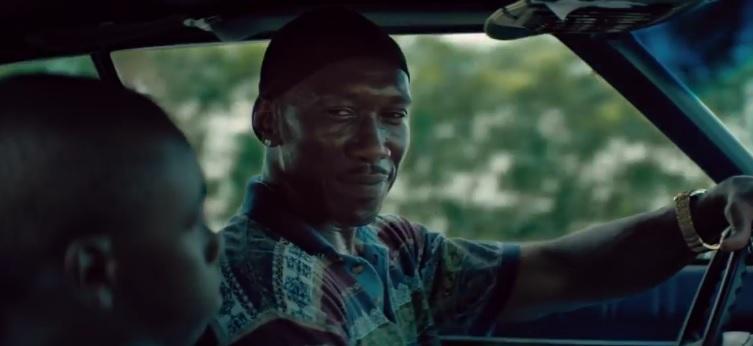
EX: Chiron’s journey in Moonlight
GENRE CONVENTIONS- PRODUCTION TECHNIQUES
In a drama film, suspense and action is used to put the characters through their journey. In order to portray the characters’ emotional response to certain situations, production techniques are used.
Dramas are only effective when it is visually compelling to bring out emotion. In this case, lighting is a key element. One method is to hide the subject being lit for order to create the scene's dark overtone. Using the types of shots decides the film's overall feel. Low-angle shots can bring a feeling of superiority or power to the character, while high-angle shots do the opposite. Close-ups also give the characters emotion, transmitting a feeling of intimacy to the audience. Also, drawing time is a dramatic effect that is often used. This allows the viewer time to contemplate the feelings being shown by slowing down the time in a movie.

EX: This close-up shot in Room transmits the emotions of the character, and the high angle makes him appear powerless
INSTITUTIONAL CONVENTIONS- HOW IS GENRE MARKETED
Because of the broadcast of drama films, the target audience typically varies depending on the sub-genre. Since drama generally works toward representing realistic stories of human issues, they usually try to appeal more to emotions. Drama films use advertising techniques such as trailers, film posters, talk shows, promotional tours and more. They do this in order to get the word out about their productions. Trailers show the core plot of a film without spoiling the movie, and attractive movie posters can catch the eye of the audience.

EX: Roma using a film poster to catch the eye of the audience
EMBODYING THE GENRE
12 Years Of Slavery
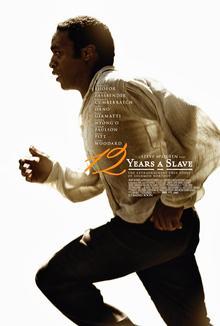
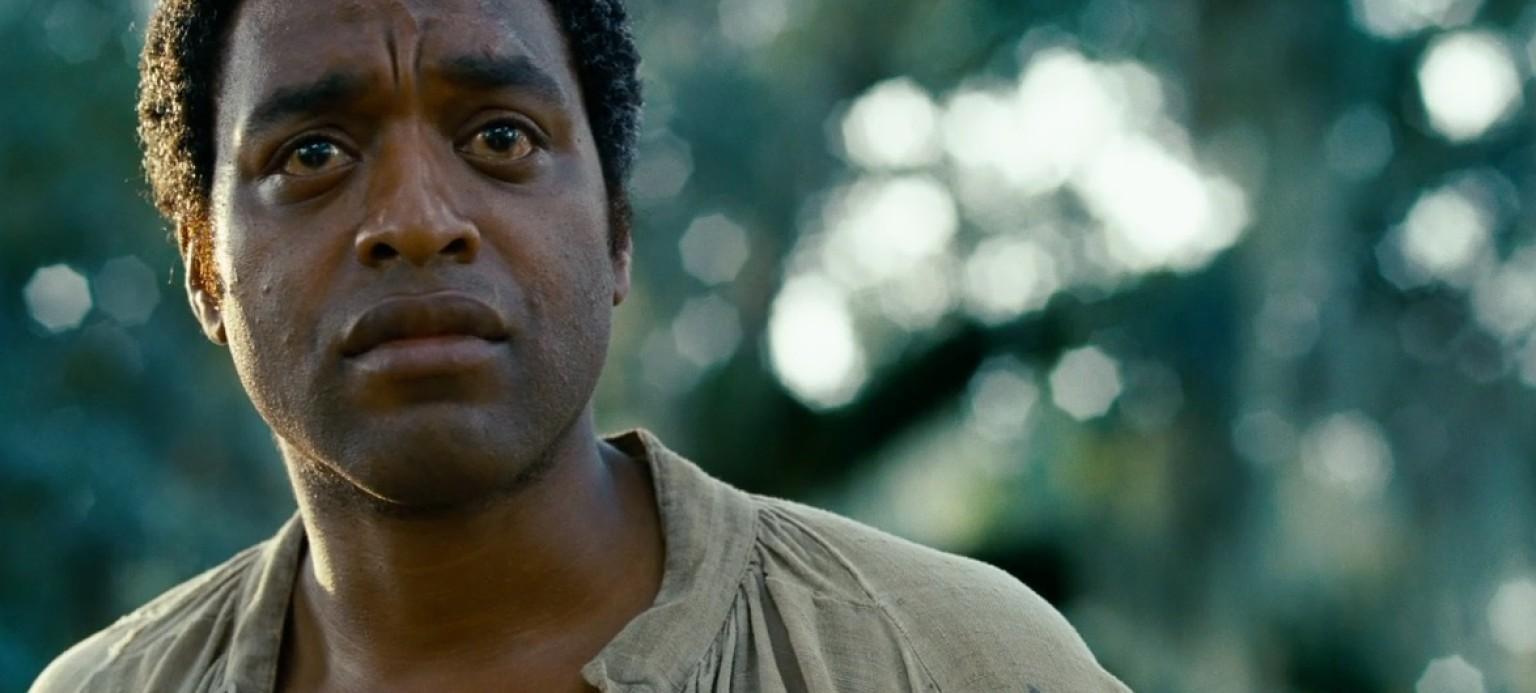
Solomon Northup (Chiwetel Ejiofor), a free black man from upstate New York, was abducted in the years before the Civil War and sold in the South for slavery. He is also exposed to the cruelty of one malevolent holder (Michael Fassbender) and receives genuine compassion from another as he constantly struggles to survive and retain some of his integrity. Then in the 12th year of the disheartening experience, an unexpected encounter with a Canadian abolitionist will forever change the life of Solomon. This film represents the real life issue of slavery during 1853, preesenting the conflicts the main character faces as a slave throughout the film. This is done by using different techniques such as close-up shots, creating intimacy between the audience and the characters, and using high angles, representing the slave as weak due to the horrors he faces.
The Revenant
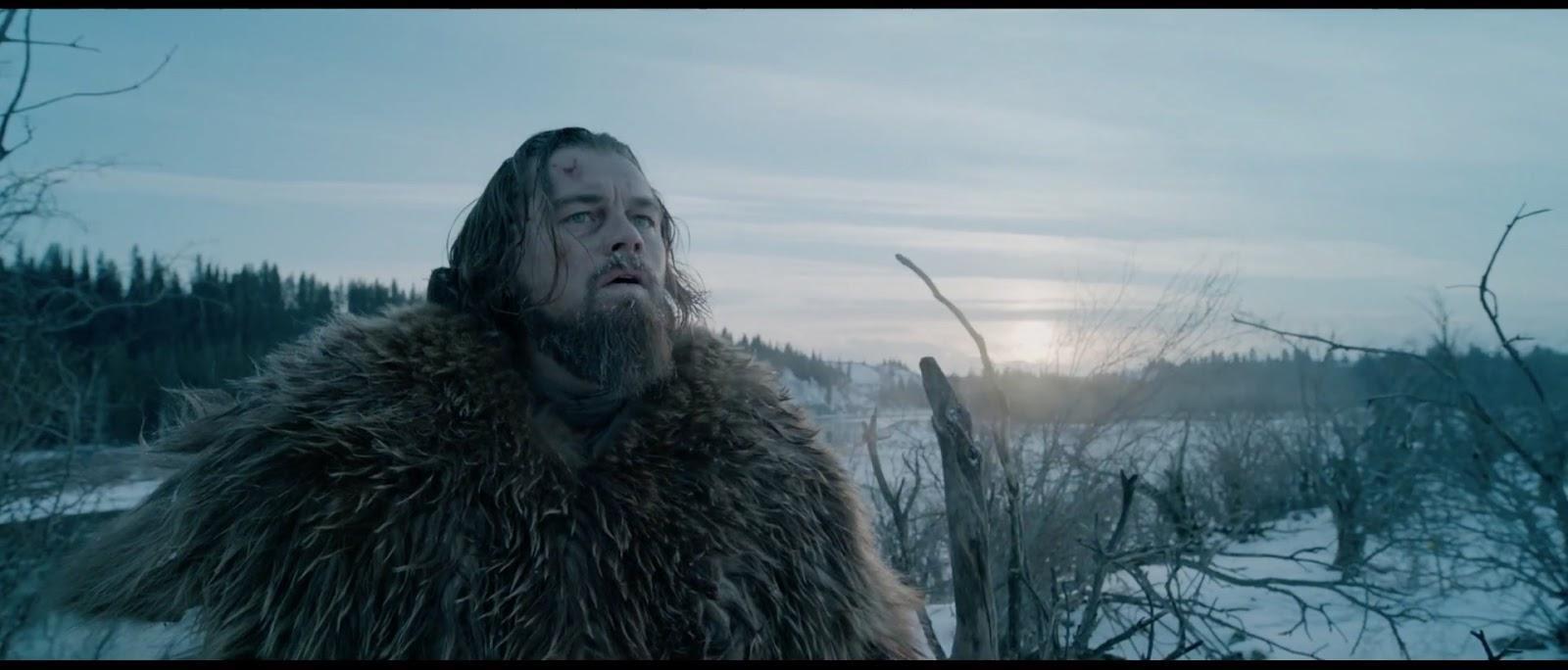
This film consists of borderman Hugh Glass (Leonardo DiCaprio) suffering life-threatening wounds from a vicious bear attack while exploring the uncharted wilderness in 1823. After his hunting team's leader (Tom Hardy) murders his young son (Forrest Goodluck) and leaves him dead, Glass has to use his survival skills to find a way back to civilization. The legendary fur trapper, caught in sorrow and fueled by revenge, marches through the snowy ground to track down the man who betrayed him. This film represents a journey where character development takes place as the protagonist faces a conflict using a realistic plot and realistic settings. The Revenant uses different techniques such as using darker tones to create a feeling of conflict and a cooler setting since the film takes place in South Dakota during winter time. Also, slow deliberate motions would go from an intense close-up to a large, beautiful view beautifully arranged, then back to a close-up. The characters in the film were motivated so emotionally that they had to be an emotional extension of the screen.
OTHER DRAMA FILMS
Dunkirk

Safe Haven

Schindler’s List
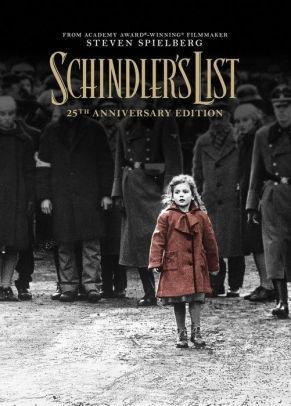
Forrest Gump

The Pianist

Resources:
No comments:
Post a Comment